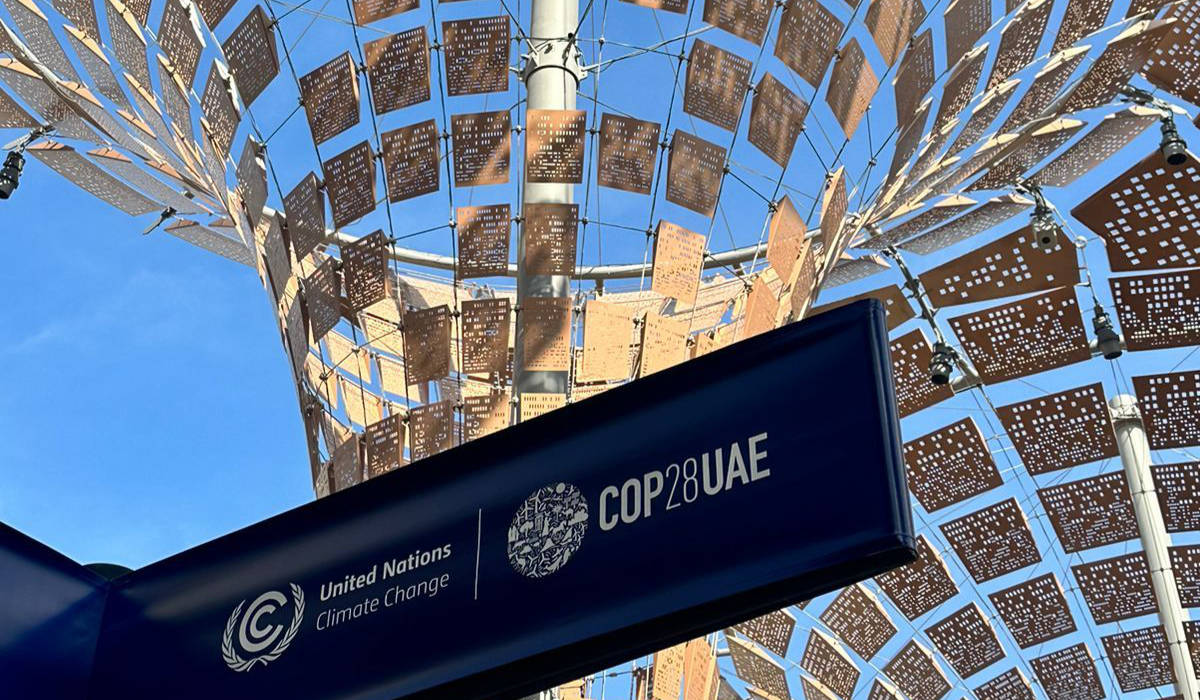South Africa’s watershed multibillion-dollar climate finance deal announced at COP26 is widely viewed as a success story of the new brand of climate diplomacy, showing how the developed world and the developing world can align their visions.
The deal made South Africa a star performer at the talks, and could be a model for future bilateral climate diplomacy deals. It saw France, Germany, the United Kingdom, the United States and the European Union pledge R131 billion over the next three to five years in the form of grants, concessional loans and investment and risk-sharing instruments, including mobilising private sector funding.
The deal was negotiated before COP26, as climate envoys visited South Africa and held high-level talks to determine what the country’s needs were.
South Africa saw the value of committing to ambitious targets to attract the billions the envoys were offering. In return for the funds, its state-owned power utility Eskom will shut down its coal power stations over the next 15 years – before the end of their normal lifespan. The funds will also help Eskom to build a strong renewable energy sector.
Apart from funding Eskom’s transition, South Africa will also use the funds to build a green hydrogen sector and help shift the nation’s transportation to electric vehicles.
Nicholas Kumleben, a senior analyst at environmental think tank GreenMantle, said the deal was the first of its kind for three key reasons.
“First, the South African government largely designed the bespoke programme, which will enable it to account for local conditions on its own terms. Second, it represents a well-funded partnership among a small number of actors, creating greater accountability than is possible in a vague global or regional agreement. Third, the deal provides funding for a ‘just transition’ at the local level in addition to the early retirement of coal plants, helping to cushion the blow of local deindustrialisation in a developing economy.”
He said all three of these details indicate that it is more likely to succeed than past climate agreements.
“The model of bespoke multilateral agreements is admittedly harder to scale than big-but-vague global pledges. But in the long run, smaller deals among fewer countries could produce much more concrete progress.”
He explained it would not take many of these deals to achieve meaningful reductions at a global level. “Just 10 countries account for two-thirds of global carbon emissions, and the top 20 emitters account for 79% of emissions.”
Saliem Fakir, executive director of the African Climate Foundation (ACF), said the deal was rightfully attracting a lot of attention. He said this gave South Africa an opportunity to really take an increasing part in quiet diplomacy that advanced the climate agenda by setting an example.
“For 10 years there was a lack of strong diplomacy from the South African side at the talks. But now this deal with South Africa has put us back into the forefront of the climate negotiations.”



